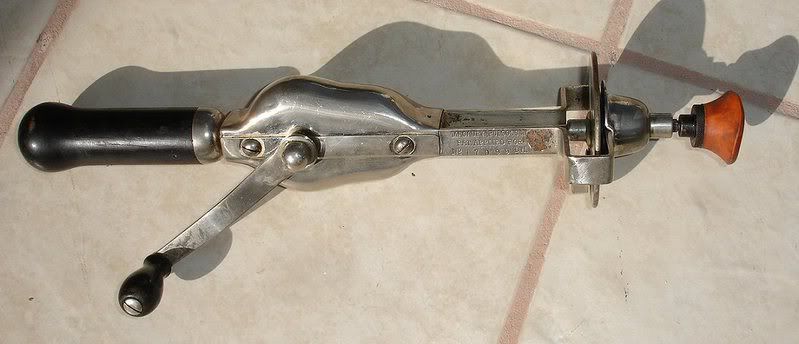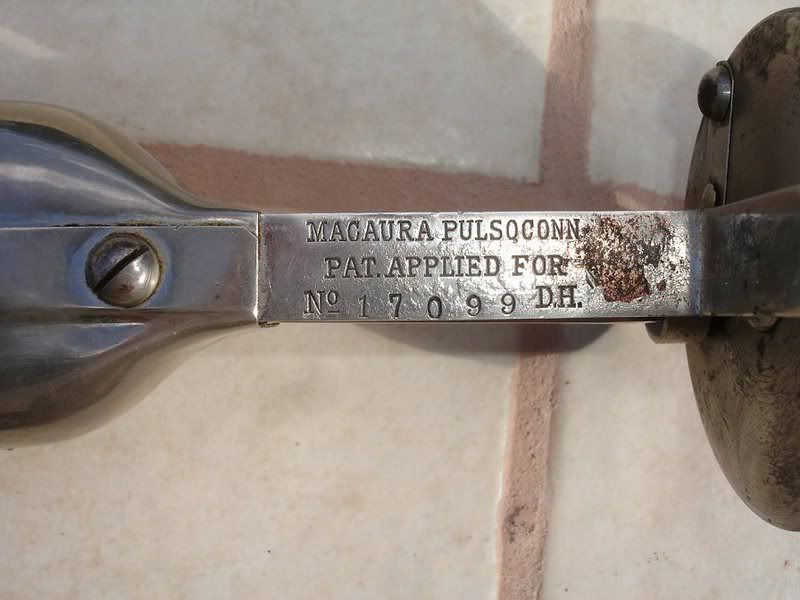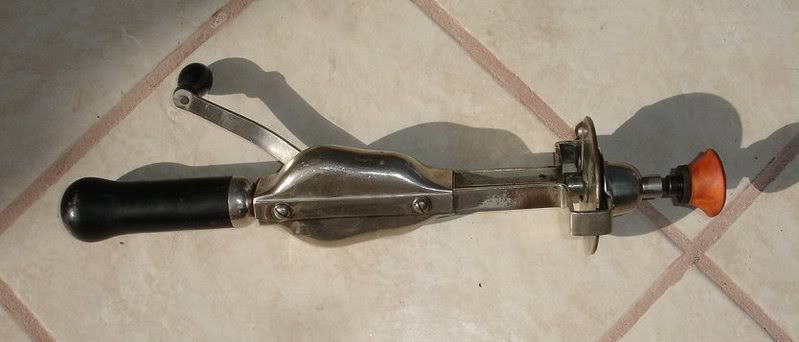Macaura’s Pulsocon was a hand-held vibrating massager, which was applied to the body as a cure for a range of different illnesses. Vibration became a popular method of treating various medical conditions in the late nineteenth and early twentieth century, as it allowed people to tend to their own complaints at home.The Pulsocon was sold from around the 1900s to the 1920s, though it was later re-branded as a‘Blood Circulator’.The operator held the device at one end whilst placing the other end on the body of the patient.By turning the crank handle quickly up to five thousand vibrations per minute could be produced.
Macaura claimed that the Pulsocon could cure many ailments,including constipation, rheumatism, paralysis, asthma and heart disease. It was also advertised as ‘splendid’ in the treatment of ‘diseases of women’, though Macaura acknowledged it had little effect on cancer, baldness, blindness, and tuberculosis.The strong vibrations of the Pulsocon were supposed to arouse activity in the deep-seated organs, and improve blood-flow around the body.
The Pulsocon was produced by the British Appliances Manufacturing Company in Leeds, which was owned by Macaura. Each instrument came with a lengthy booklet giving instructions on how to use the Pulsocon, and advice on healthy living, eating and exercise. It also came with differently-shaped attachments, for applying the Pulsocon to various parts of the body.
In 1914, there was a Parliamentary Committee to discuss patent medicines in Britain. The Committee noted that Macaura’s device was exorbitantly priced and of little medical value.Yet whilst he had been imprisoned in France, he had been able to make over £60,000 profit in England. This was seen as proof that British medical patent laws were inadequate, and new recommendations were made to improve them.Members of the public still continued to buy Macaura’s vibrating machines,and when he returned from France, he continued to patent further improvements to the design. One model even provided a means for stimulating the patient with electricity as it vibrated. Macaura did not, however, continue to refer to himself as a doctor.
(...from
http://www.thackraymedicalmuseum.co.uk)









































